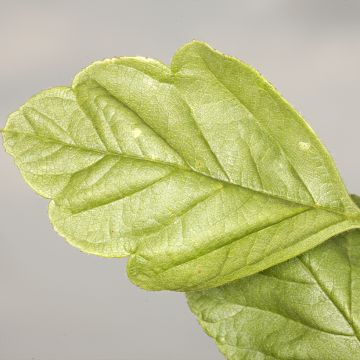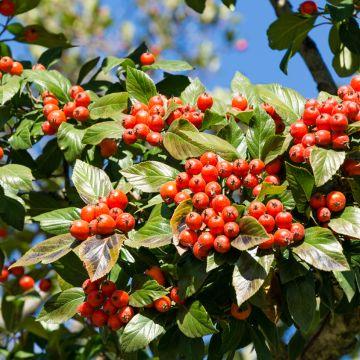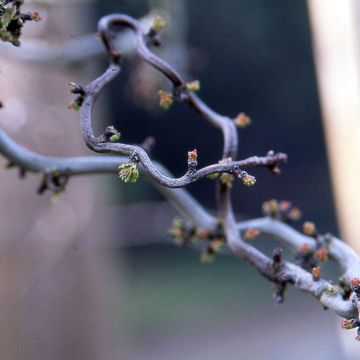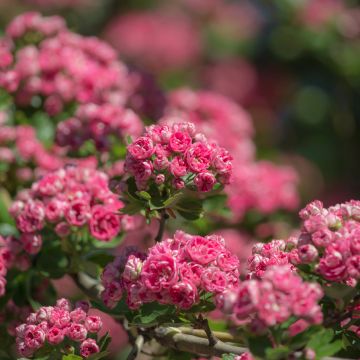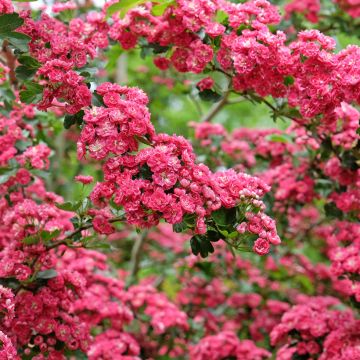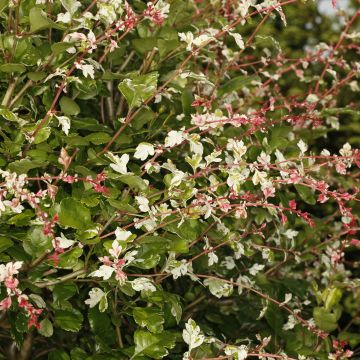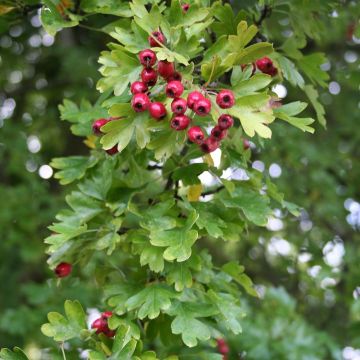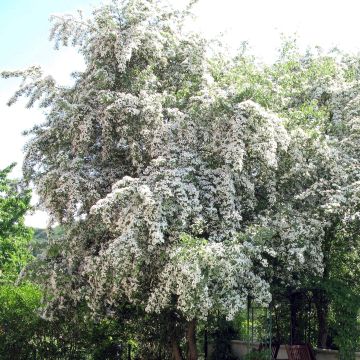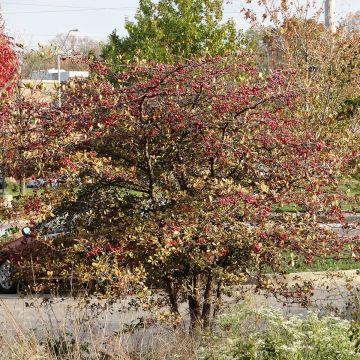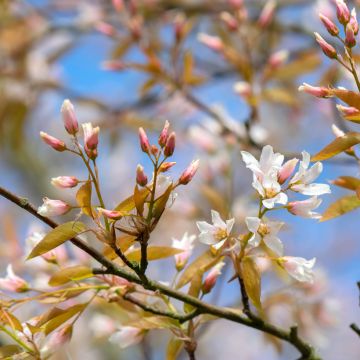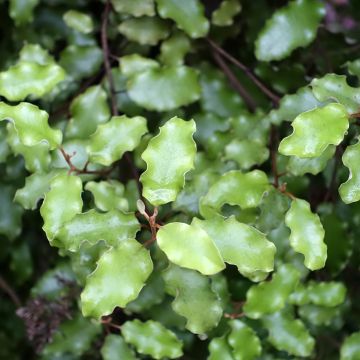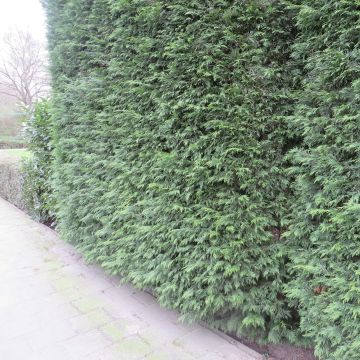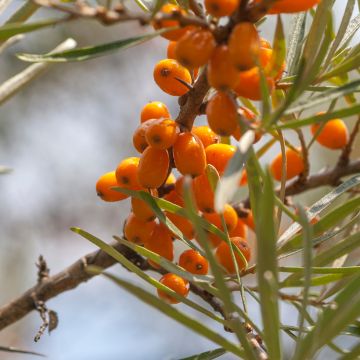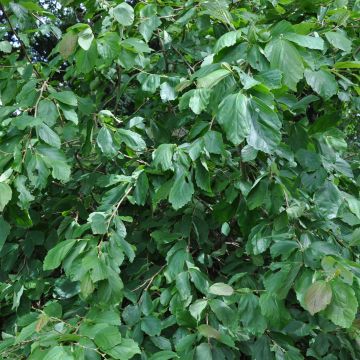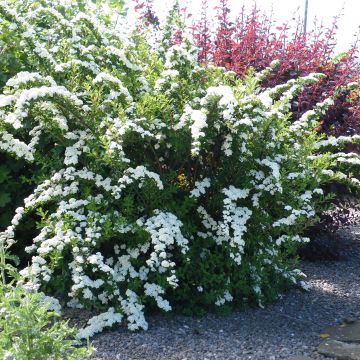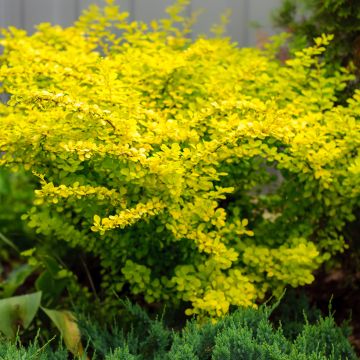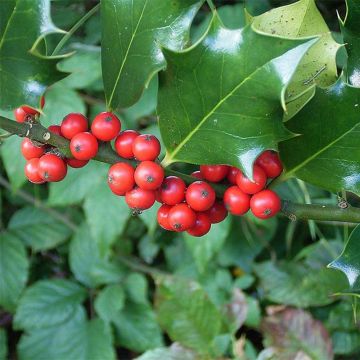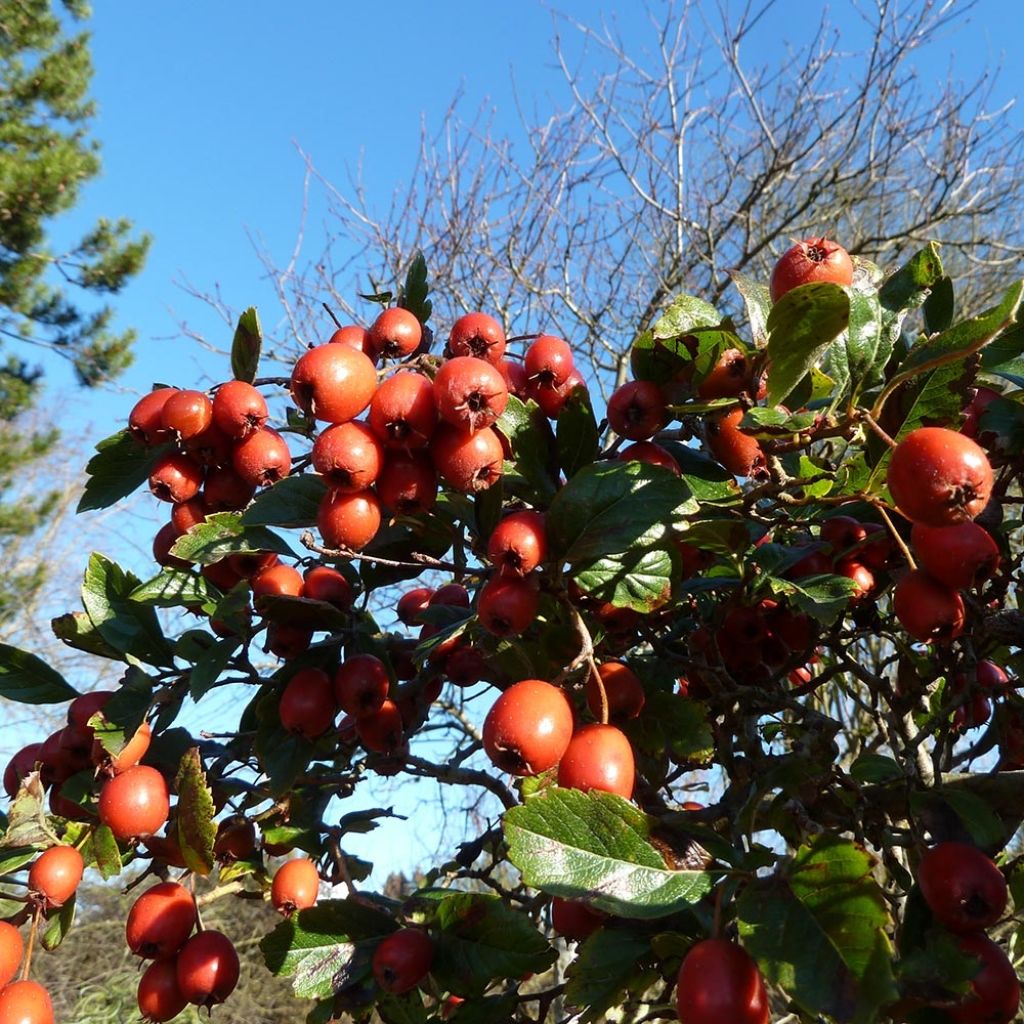

Crataegus grignonensis - Aubépine de Grignon
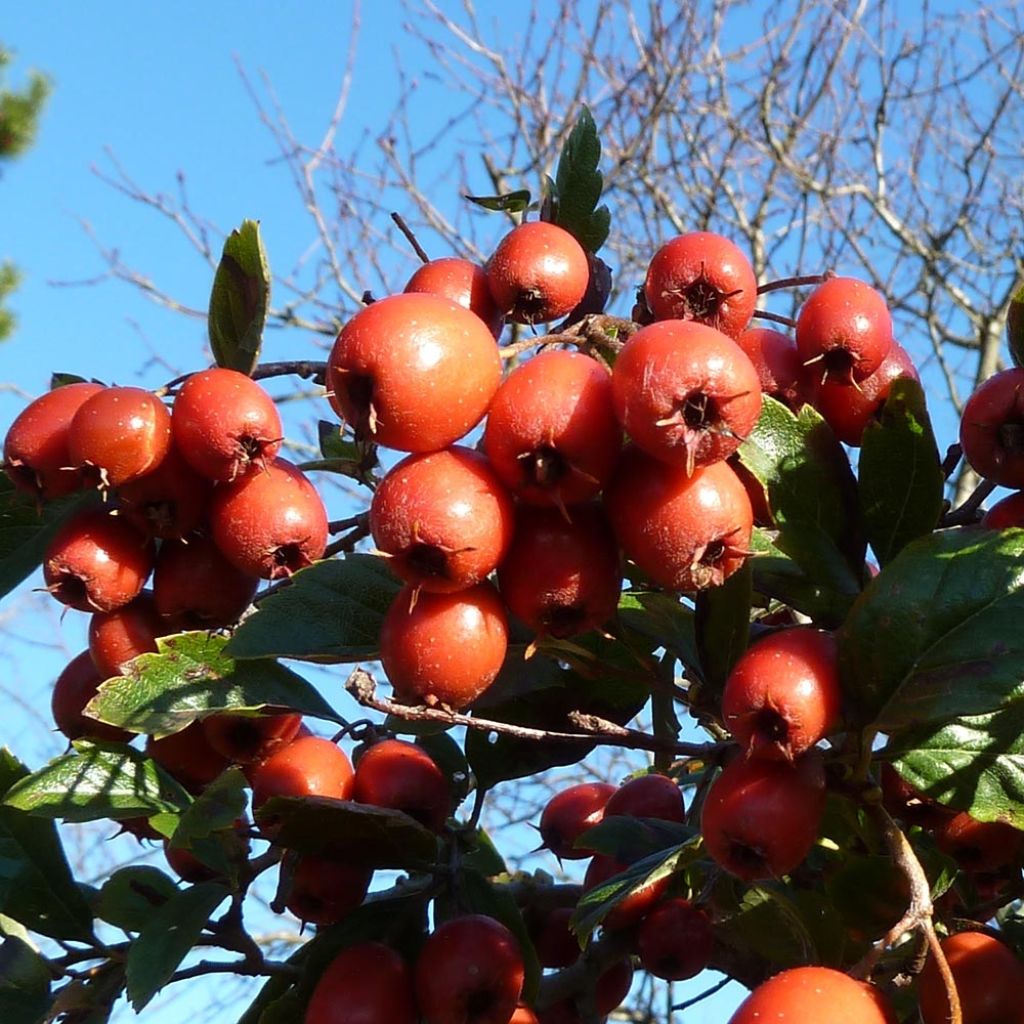

Crataegus grignonensis - Aubépine de Grignon
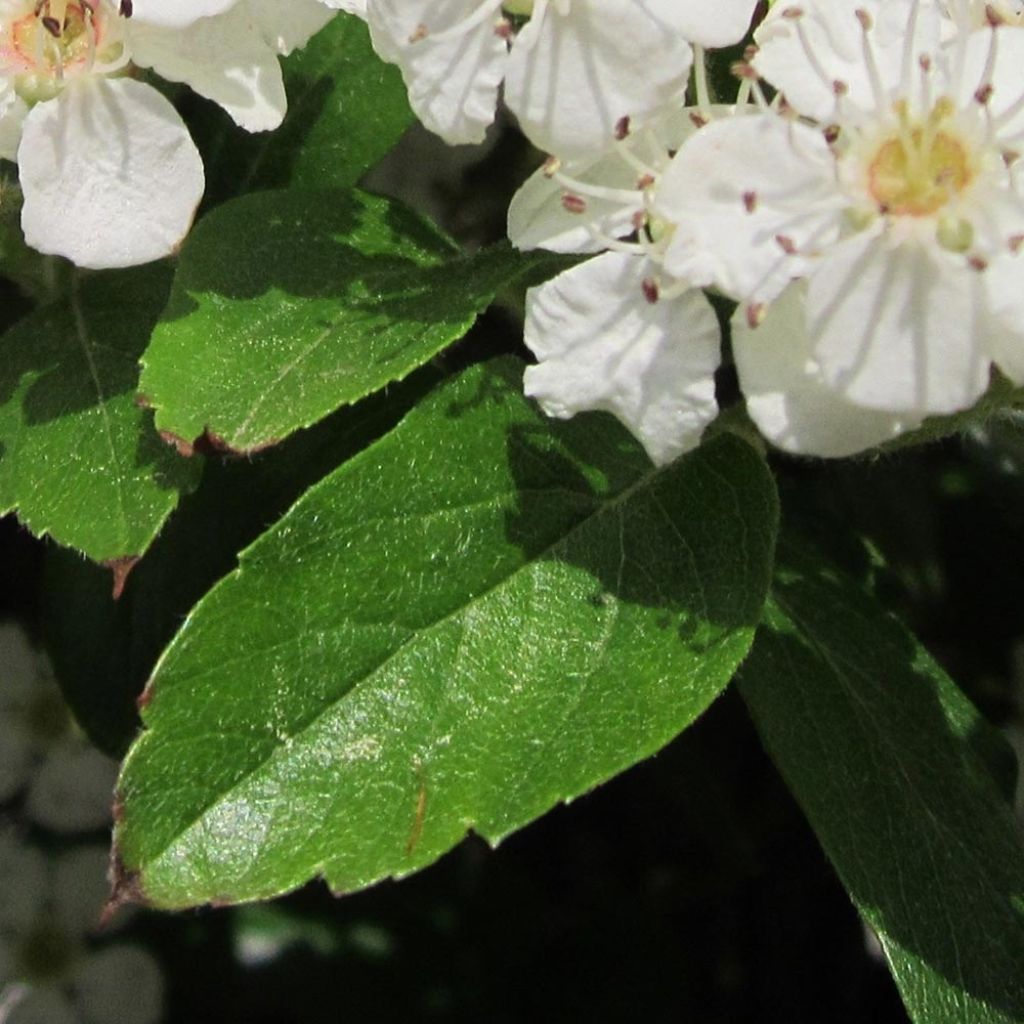

Crataegus grignonensis - Aubépine de Grignon
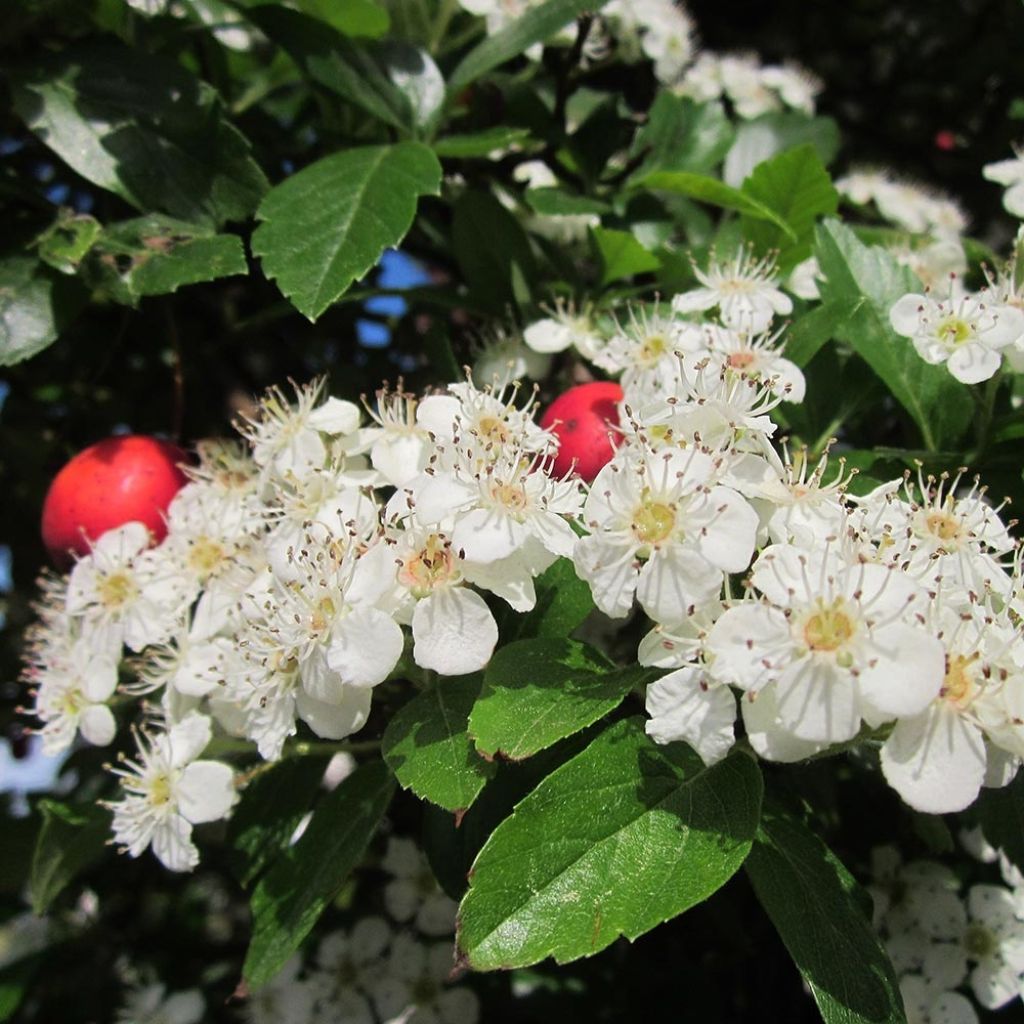

Crataegus grignonensis - Aubépine de Grignon
Crataegus grignonensis - Hawthorn
Crataegus grignonensis
Hawthorn
This item cannot be shipped to the selected country
Delivery charge from €5.90
More information
Schedule delivery date,
and select date in basket
This plant carries a 24 months recovery warranty
More information
We guarantee the quality of our plants for a full growing cycle, and will replace at our expense any plant that fails to recover under normal climatic and planting conditions.
From €5.90 for pickup delivery and €6.90 for home delivery
Express home delivery from €8.90.
Does this plant fit my garden?
Set up your Plantfit profile →
Description
Crataegus x grignonensis, or Grignon Hawthorn, is a small tree with a spreading and sprawling habit, rarely exceeding 6m (20ft) in height and 4m (13ft) in width. Almost devoid of thorns, its branches are covered with grey and then brown bark. It bears tough, matte green foliage that persists for a long time before falling. Flowering occurs in May in the form of numerous fragrant white to pale-pink flowers, gathered in corymbs. In autumn, shiny red fruits appear, which are highly decorative and appreciated by birds. Easy to grow and ornamental, this uncommon tree will find its place in all gardens, even small ones.
Crataegus x grignonensis is the result of cross-breeding between the Virginia Hawthorn or Cockspur Hawthorn (Crataegus crus-galli), a species native to North America, and the Mexican Hawthorn (Crataegus pubescens). It belongs to the large Rosaceae family. The first specimen was discovered in Frankfurt, Germany, in 1873.
This small tree has a long lifespan. It measures approximately 6m (20ft) in height and 4m (13ft) in width at maturity with a spreading and dense habit. The foliage is alternate and deciduous, but can be semi-evergreen in regions where temperatures do not drop below -5°C (23°F) in winter. It consists of simple leaves, 2 to 5cm (1 to 2in) long, with an ovate shape, composed of 2 to 4 lobes. The leaves are dark dull green, with a lighter underside. It produces numerous fragrant white to pale-pink flowers, gathered in dense and flat corymbs. The flower corollas consist of 5 rounded petals and numerous stamens with light pink anthers that turn purple. In September-October, shiny red fruits called "haws" appear, with a diameter of about 1.5cm (1in). They are spherical in shape and are consumed by birds. Its wood is very hard.
Crataegus x grignonensis adapts well to any well-drained soil, even limestone, in a sunny or semi-shaded position. It is hardy and not very demanding. It may eventually require some pruning in February to maintain balance. With its small size, it will fit into gardens of all sizes, either as a standalone tree or integrated into a rural hedge. Resistant to pollution and sea spray, it is an excellent choice for urban or coastal gardens. Its only weakness is its poorly developed root system, which makes it somewhat vulnerable to strong winds. It is best to reserve a wind-sheltered location for it, inside a closed courtyard, near a wall, or at the forefront of a grove.
Report an error about the product description
Crataegus grignonensis - Hawthorn in pictures
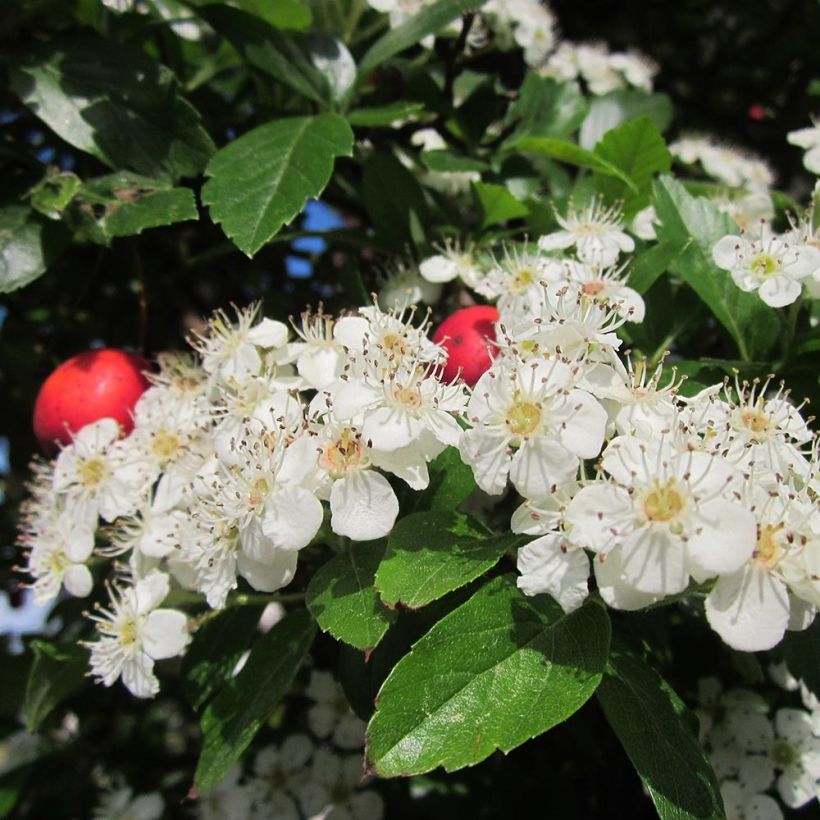

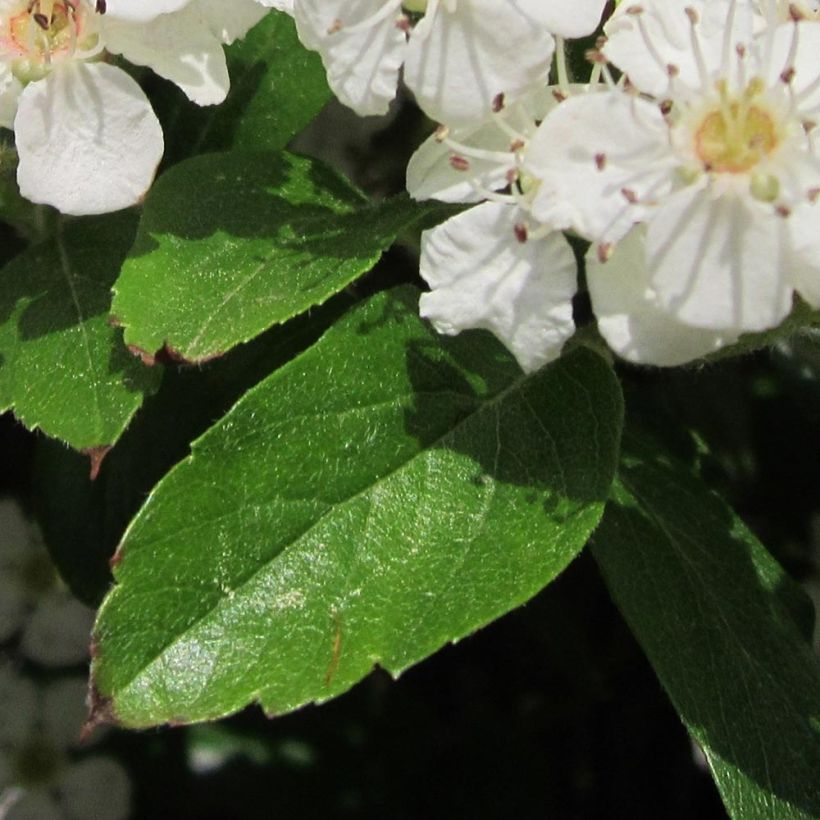

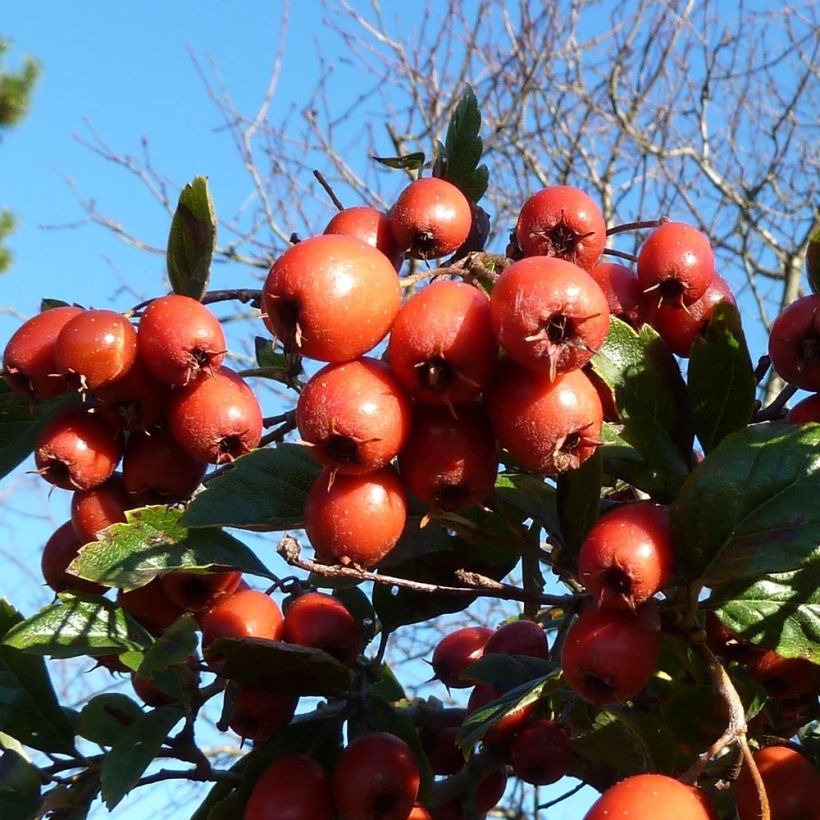

Plant habit
Flowering
Foliage
Botanical data
Crataegus
grignonensis
Rosaceae
Hawthorn
Central Europe
Other Hawthorn Crataegus
Planting and care
Place it in a sunny or semi-shaded location. Plant in autumn it in dry, warm, calcareous and, above all, well-drained soil. After flowering or in autumn (February-March or August-September), prune and remove the rebellious or tangled stems that compromise the tree's proper habit. Trim the overly long branches. It can be affected by caterpillars, aphids, rot, rust, and powdery mildew. It is particularly sensitive to fire blight, which can be an obstacle to its planting near apple and pear orchards.
Planting period
Intended location
Care
This item has not been reviewed yet - be the first to leave a review about it.
Hedge shrubs
Haven't found what you were looking for?
Hardiness is the lowest winter temperature a plant can endure without suffering serious damage or even dying. However, hardiness is affected by location (a sheltered area, such as a patio), protection (winter cover) and soil type (hardiness is improved by well-drained soil).

Photo Sharing Terms & Conditions
In order to encourage gardeners to interact and share their experiences, Promesse de fleurs offers various media enabling content to be uploaded onto its Site - in particular via the ‘Photo sharing’ module.
The User agrees to refrain from:
- Posting any content that is illegal, prejudicial, insulting, racist, inciteful to hatred, revisionist, contrary to public decency, that infringes on privacy or on the privacy rights of third parties, in particular the publicity rights of persons and goods, intellectual property rights, or the right to privacy.
- Submitting content on behalf of a third party;
- Impersonate the identity of a third party and/or publish any personal information about a third party;
In general, the User undertakes to refrain from any unethical behaviour.
All Content (in particular text, comments, files, images, photos, videos, creative works, etc.), which may be subject to property or intellectual property rights, image or other private rights, shall remain the property of the User, subject to the limited rights granted by the terms of the licence granted by Promesse de fleurs as stated below. Users are at liberty to publish or not to publish such Content on the Site, notably via the ‘Photo Sharing’ facility, and accept that this Content shall be made public and freely accessible, notably on the Internet.
Users further acknowledge, undertake to have ,and guarantee that they hold all necessary rights and permissions to publish such material on the Site, in particular with regard to the legislation in force pertaining to any privacy, property, intellectual property, image, or contractual rights, or rights of any other nature. By publishing such Content on the Site, Users acknowledge accepting full liability as publishers of the Content within the meaning of the law, and grant Promesse de fleurs, free of charge, an inclusive, worldwide licence for the said Content for the entire duration of its publication, including all reproduction, representation, up/downloading, displaying, performing, transmission, and storage rights.
Users also grant permission for their name to be linked to the Content and accept that this link may not always be made available.
By engaging in posting material, Users consent to their Content becoming automatically accessible on the Internet, in particular on other sites and/or blogs and/or web pages of the Promesse de fleurs site, including in particular social pages and the Promesse de fleurs catalogue.
Users may secure the removal of entrusted content free of charge by issuing a simple request via our contact form.
The flowering period indicated on our website applies to countries and regions located in USDA zone 8 (France, the United Kingdom, Ireland, the Netherlands, etc.)
It will vary according to where you live:
- In zones 9 to 10 (Italy, Spain, Greece, etc.), flowering will occur about 2 to 4 weeks earlier.
- In zones 6 to 7 (Germany, Poland, Slovenia, and lower mountainous regions), flowering will be delayed by 2 to 3 weeks.
- In zone 5 (Central Europe, Scandinavia), blooming will be delayed by 3 to 5 weeks.
In temperate climates, pruning of spring-flowering shrubs (forsythia, spireas, etc.) should be done just after flowering.
Pruning of summer-flowering shrubs (Indian Lilac, Perovskia, etc.) can be done in winter or spring.
In cold regions as well as with frost-sensitive plants, avoid pruning too early when severe frosts may still occur.
The planting period indicated on our website applies to countries and regions located in USDA zone 8 (France, United Kingdom, Ireland, Netherlands).
It will vary according to where you live:
- In Mediterranean zones (Marseille, Madrid, Milan, etc.), autumn and winter are the best planting periods.
- In continental zones (Strasbourg, Munich, Vienna, etc.), delay planting by 2 to 3 weeks in spring and bring it forward by 2 to 4 weeks in autumn.
- In mountainous regions (the Alps, Pyrenees, Carpathians, etc.), it is best to plant in late spring (May-June) or late summer (August-September).
The harvesting period indicated on our website applies to countries and regions in USDA zone 8 (France, England, Ireland, the Netherlands).
In colder areas (Scandinavia, Poland, Austria...) fruit and vegetable harvests are likely to be delayed by 3-4 weeks.
In warmer areas (Italy, Spain, Greece, etc.), harvesting will probably take place earlier, depending on weather conditions.
The sowing periods indicated on our website apply to countries and regions within USDA Zone 8 (France, UK, Ireland, Netherlands).
In colder areas (Scandinavia, Poland, Austria...), delay any outdoor sowing by 3-4 weeks, or sow under glass.
In warmer climes (Italy, Spain, Greece, etc.), bring outdoor sowing forward by a few weeks.

































